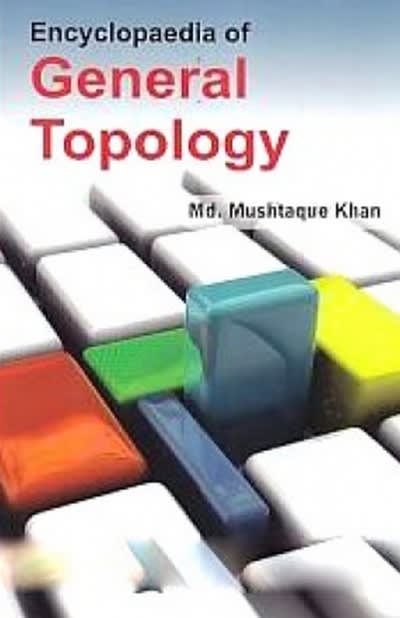
Please answer if correlation or regression
understand? Are you rounding final answers in the context of the problem? IV. Do the Homework QUESTIONS STUDENT ANSWER G14.5 G14.5 Anscombe's quartet. "Graphs are essential to Dataset I: YES This appears to be an appropriate setting for linear good statistical analysis." So starts a 1973 regression and/or correlation analysis--there is a reasonably strong linear article by Anscombe. This article demonstrates relationship. Assumptions of linearity, independence (unknown), why it is important to look at the data before normality, and equal variance do not appear violated. analyzing it numerically. Table 14.10 contains for different datasets. Each of the datasets Dataset II: NO Linear regression/correlation are not appropriate here-the produces these identical numerical results: data are clearly related as a curve rather than linearly. n=11, xbar=9.0, ybar=7.5, r=0.82, y- hat=3+0.5X, P=0.0022. Figure 14.17 shows Dataset III: NO The overall trend appears linear, but linear regression may scatterplots for each of the datasets. Consider produce misleading results (too far from the true strong linear trend) due the relevance of the numerical statistics in to the outlier. The outlier should be investigated before proceeding. light of the scatterplots. Would you use correlation or regression to analyze any of Dataset IV: NO The overall trend is a vertical line that is disrupted by an these datasets? Explain. outlier. This is not an appropriate setting for linear regression or correlation analysis. (Residual plot would show the residuals and not 'no pattern') In fact, it may not be an interesting analysis of any sort (if all values of Y4 lead to the same value of X4, there is very little to learn!). G14.9 G14.9 True or false? True or false? 1) Correlation coefficient r quantifies False--the correlation coefficient only quantifies linear relationships the relationship between quantitative oge True variables X and Y.. False--a correlation of -0.9 indicates a stronger linear relationship than b) Correlation coefficient r quantifies a correlation of -0.8, but -0.8 is closer to 1. the linear relation between d True quantitative variables X and Y. e) False--they could be related as curve or in some non-linear way and still have correlation 0 f) True. g) False, r is resistant to changes in units. R has no units... they cancel out








